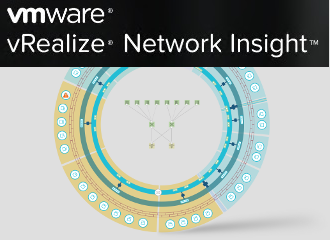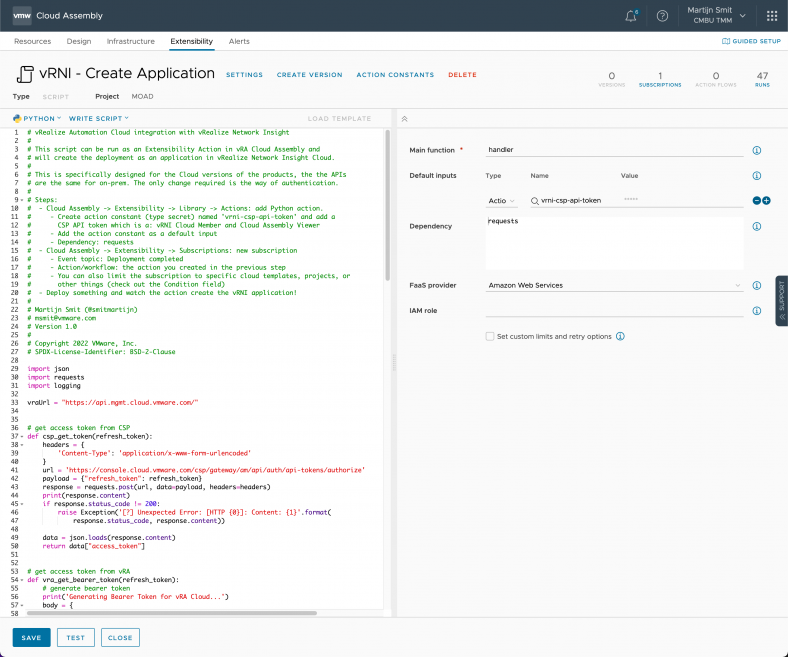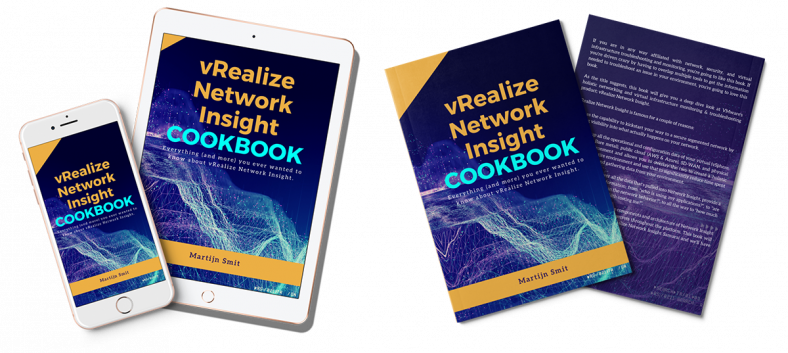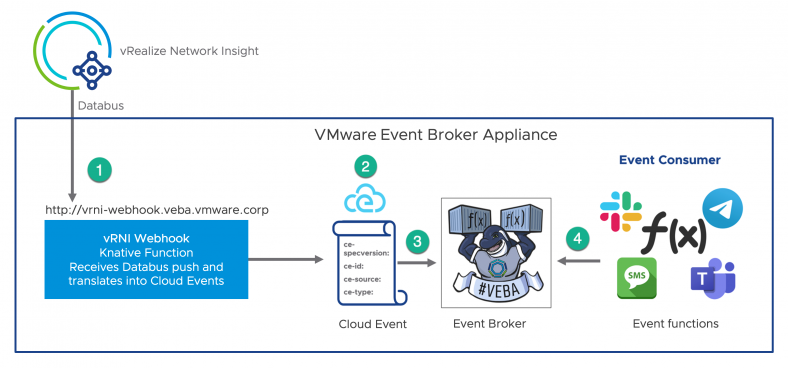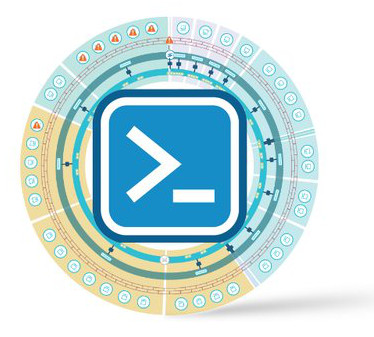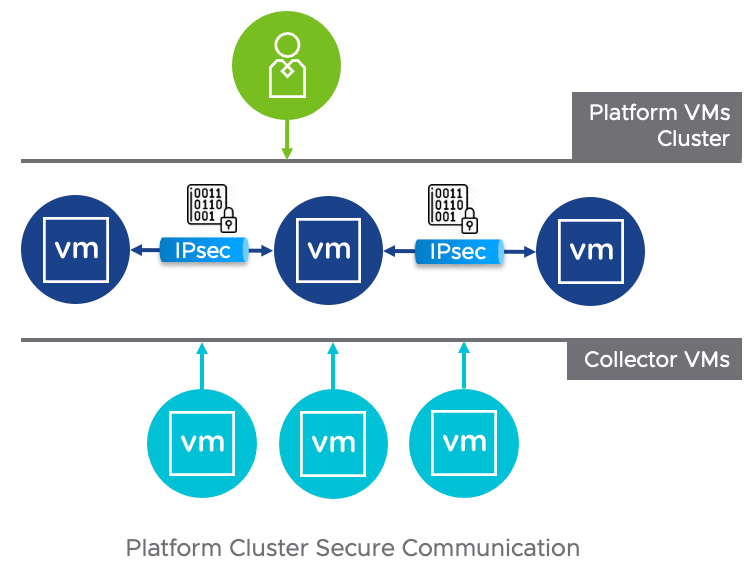Let’s say you have multiple vRealize Network Insight instances. Maybe a staging instance for trying new searches, alerts, or other configuration – and a production instance. Or you’re migrating from an on-premises instance to a vRealize Network Insight Cloud instance. Or you just want a backup of the hard work you put into curating the applications. As with many things; there’s an API and script for that!
Python SDK & Examples
The Python SDK is a library generated automatically by the OpenAPI specification that vRealize Network Insight has baked in. In addition, it has a ton of example scripts that … Read more

